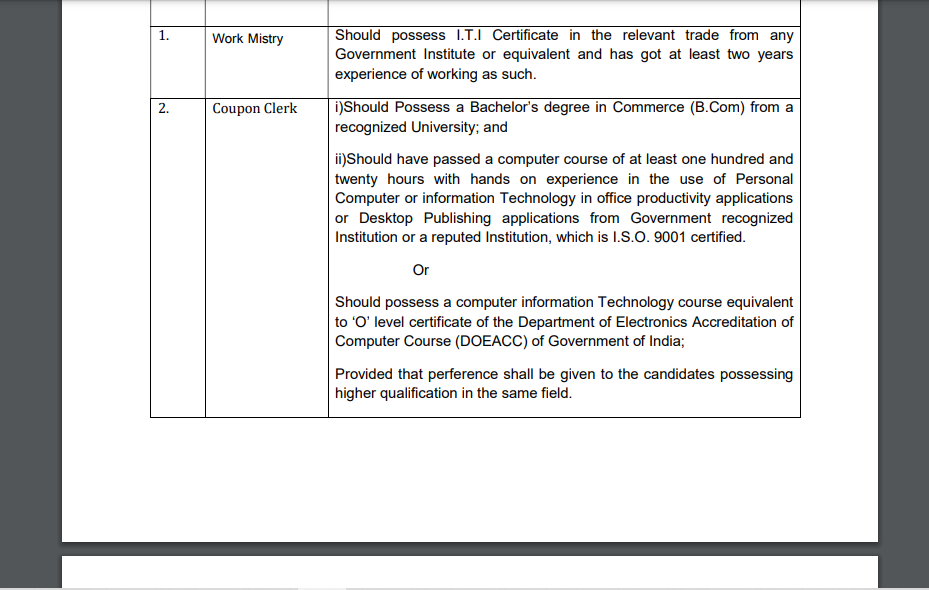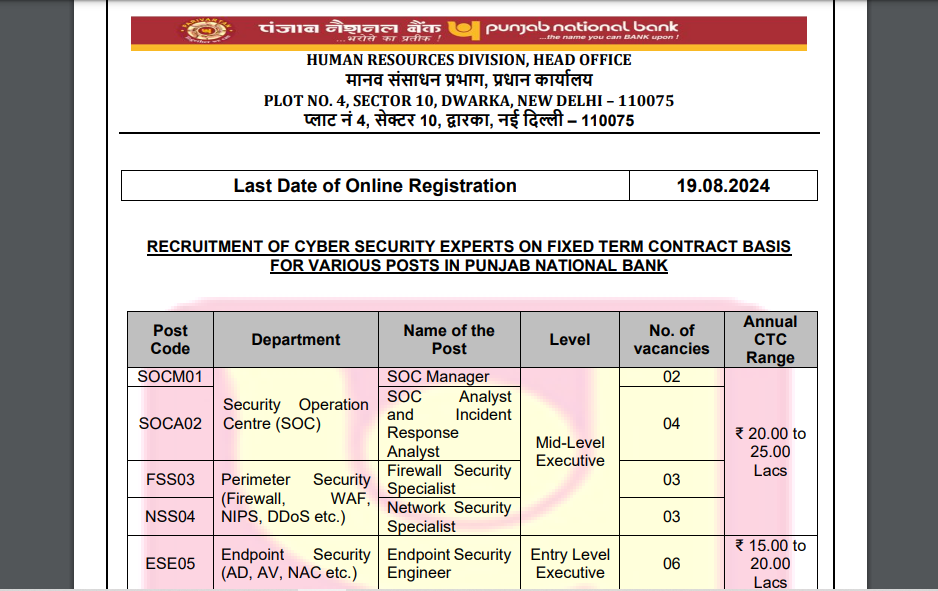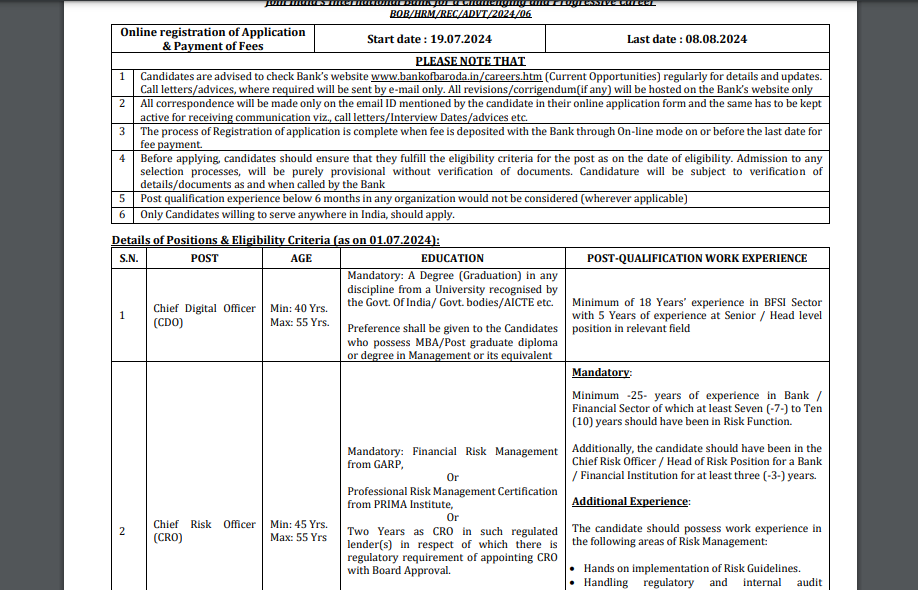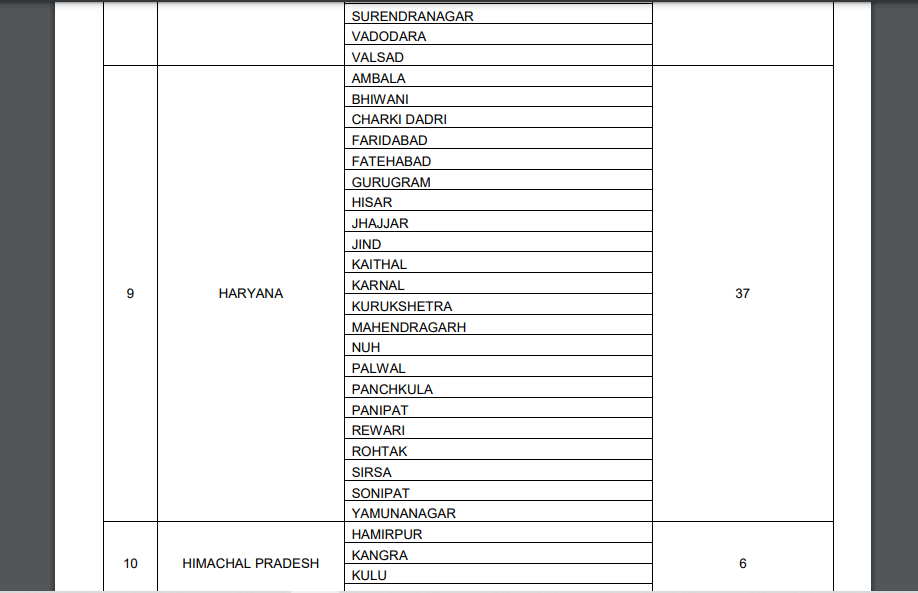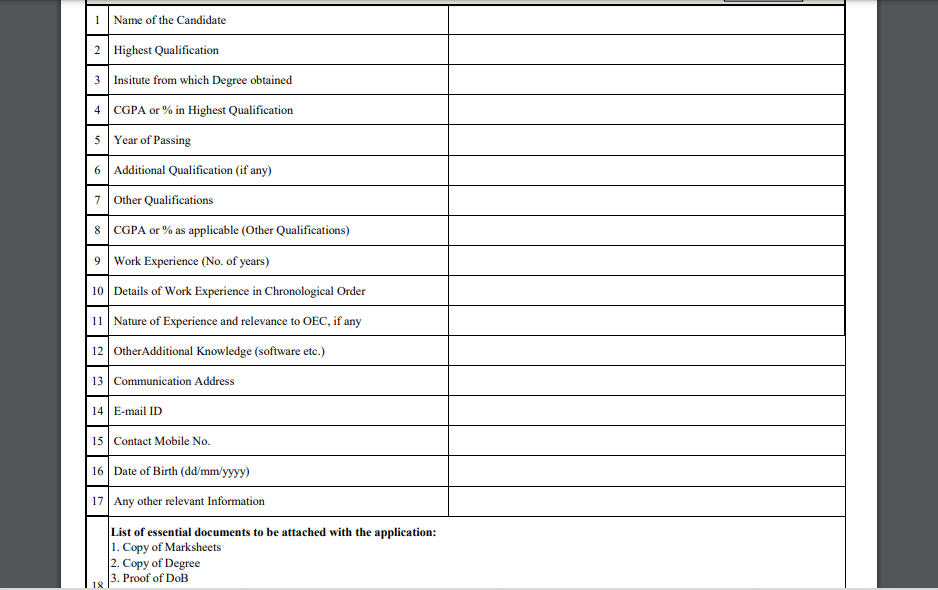New Delhi, September 20, 2023 – In a groundbreaking study, researchers from the Indian Institute of Geomagnetism (IIG), an autonomous institute of the Department of Science and Technology, have shed light on the intriguing world of substorm intervals and their impact on space weather forecasting. This research offers valuable insights into the dynamics of our planet’s magnetosphere and its vital role in space weather prediction.
Table of Contents
The Substorm Phenomenon
Substorms are brief disturbances in Earth’s magnetosphere, accompanied by the reconfiguration of the local magnetic field. During these episodes, the magnetosphere transitions from a stretched tail-like shape to a quasi-dipole configuration. One consequence of this transformation is an increase in heavy ion flux within the inner magnetosphere. These substorms serve as crucial windows into understanding this change and enhancing the accuracy of space weather forecasts.
The occurrence of a substorm depends on several factors, including the Interplanetary Magnetic Field’s (IMF) magnitude and direction, solar wind velocity, and solar wind dynamic pressure. Notably, a southward-directed IMF is a prerequisite for substorm events, as it triggers magnetic reconnection in the dayside magnetosphere. On average, a substorm lasts approximately 2-4 hours and involves the extraction of a significant amount of energy (around 10^15 Joules) from the interaction between the solar wind and the magnetosphere. Over time, this energy is deposited within the inner magnetosphere.
Unraveling the Substorm Mystery
To delve deeper into the dynamics of substorms, scientists at IIG conducted a statistical study of 22 substorm events that occurred in 2018. They utilized data from the Helium, Oxygen, Proton, and Electron (HOPE) Mass Spectrometer and the Electric and Magnetic Field Instrument Suite and Integrated Science (EMFISIS) instrument aboard the Radiation Belt Storm Probes (RBSP) spacecraft.
This comprehensive analysis focused on understanding the key characteristics of magnetic field dipolarization during substorms, such as its time scale and the associated enhancement in the energetic O+ and H+ ion flux. The findings of this study have been published in the journal “Advances in Space Research.”
The Role of Ion Flux Variations
One of the key takeaways from this research is the revelation of the pivotal role played by the plasma sheet in transporting and accelerating ions during substorms. These studies have primarily focused on the behavior of H+ ions, which make up a significant portion of the plasma in Geospace, the region of space where GPS and geostationary orbit satellites operate. However, intriguingly, there are instances when the proportion of O+ ions experiences a sudden increase. This shift in ion composition has a profound impact on the dynamics of Geospace.
Space Weather Forecasting and Beyond
Understanding the cause and region of ion composition changes during substorms is pivotal for improving our comprehension of this phenomenon. Moreover, this research has far-reaching implications for enhancing the accuracy of space weather forecasting. By harnessing the knowledge gained from these studies, scientists can more precisely predict space weather events, benefiting various sectors, including satellite communication, navigation, and space exploration.
Conclusion
The study of energetic ion variations during substorm intervals represents a significant leap forward in our understanding of space weather phenomena. The insights gained from this research promise to revolutionize space weather forecasting and ensure that we are better prepared to navigate the dynamic environment beyond our planet. As we celebrate Azadi Ka Amrit Mahotsav in India in 2023, this scientific achievement stands as a testament to the nation’s dedication to advancing knowledge and technology.
🌐 Key Points
- 🌌 Substorm intervals in Earth’s magnetosphere can enhance heavy ion flux in the inner magnetosphere.
- 🪐 Factors influencing substorms include Interplanetary Magnetic Field (IMF), solar wind velocity, and solar wind dynamic pressure.
- 🕒 Average substorm duration: 2-4 hours; Energy extracted during substorms: ~1015 J.
- 📡 Indian Institute of Geomagnetism (IIG) conducted a study using HOPE Mass Spectrometer and EMFISIS instrument, analyzing 22 substorm events from 2018.
- 🧲 Study focused on magnetic field dipolarization and energetic O+ and H+ ion flux enhancements.
- 🪐 Findings help understand plasma dynamics in Geospace and its impact on space weather forecasting.
- 📚 Publication Link: Read More
Also read CBSE Extends Veer Gatha 3.0 Deadline
Frequently Asked Questions (FAQs)
- What is a substorm in the context of space weather? A substorm refers to a brief disturbance in Earth’s magnetosphere, accompanied by a reconfiguration of the local magnetic field. This phenomenon leads to an increase in heavy ion flux in the inner magnetosphere.
- Why is the direction of the Interplanetary Magnetic Field (IMF) important for substorm occurrence? The southward direction of the IMF is a necessary prerequisite for substorm events, as it triggers magnetic reconnection in the dayside magnetosphere, setting the stage for a substorm.
- How long does a typical substorm last? On average, a substorm lasts approximately 2-4 hours, during which a significant amount of energy is extracted from the interaction between the solar wind and the magnetosphere.
- What instruments were used in the study of substorm events in 2018? The study relied on data from the Helium, Oxygen, Proton, and Electron (HOPE) Mass Spectrometer and the Electric and Magnetic Field Instrument Suite and Integrated Science (EMFISIS) instrument aboard the Radiation Belt Storm Probes (RBSP) spacecraft.
- Why is the study of ion flux variations during substorms significant? Understanding ion flux variations helps scientists comprehend the behavior of plasma in Geospace, where important satellites operate. Changes in ion composition during substorms can impact various space-related activities, making this research crucial for space weather forecasting and related fields.
Stay Updated | Space Weather Forecasting
- Follow us on Facebook , Telegram and Twitter for the latest Education News updates and Daily Current Affairs
- Subscribe to our website for more updates on upcoming exams and results.
- Check all open Government Jobs 2023 Here

